Interpretation of Thyroid Function Tests in Patients Taking Thyroxine
This algorithm describes the Interpretation of Thyroid Function Tests in Patients Taking Thyroxine.
- Created on .
- Last updated on .
Written by Craig Webster on .
This algorithm describes the Interpretation of Thyroid Function Tests in Patients Taking Thyroxine.
Written by Stephen Rimmer on .
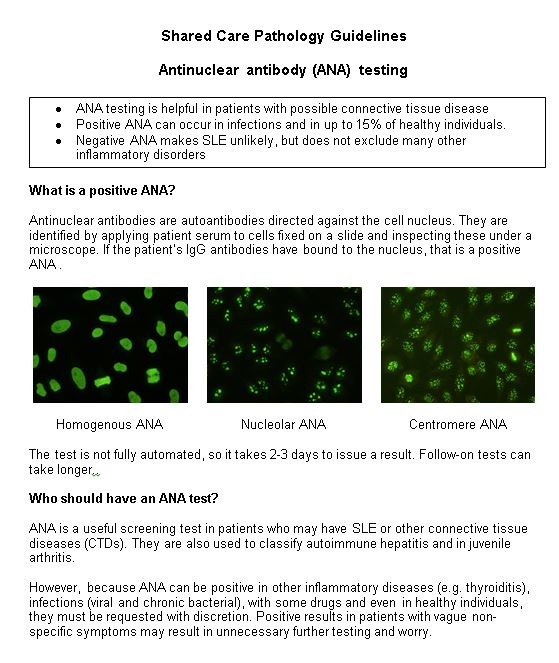
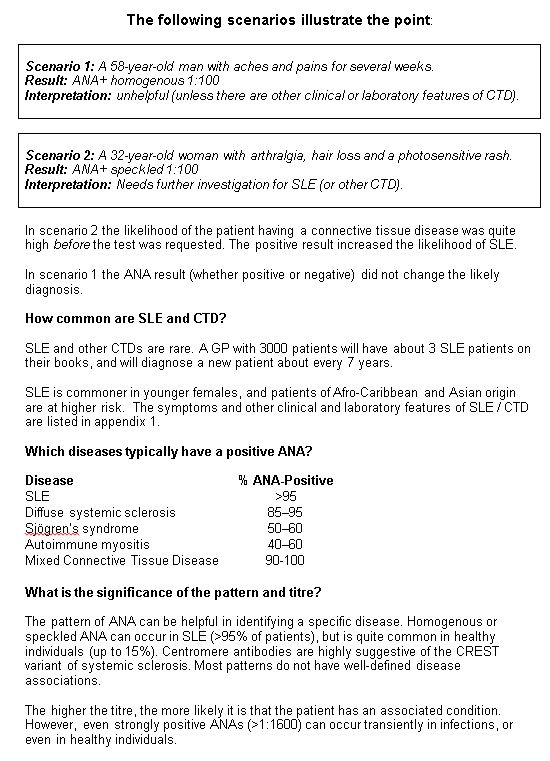
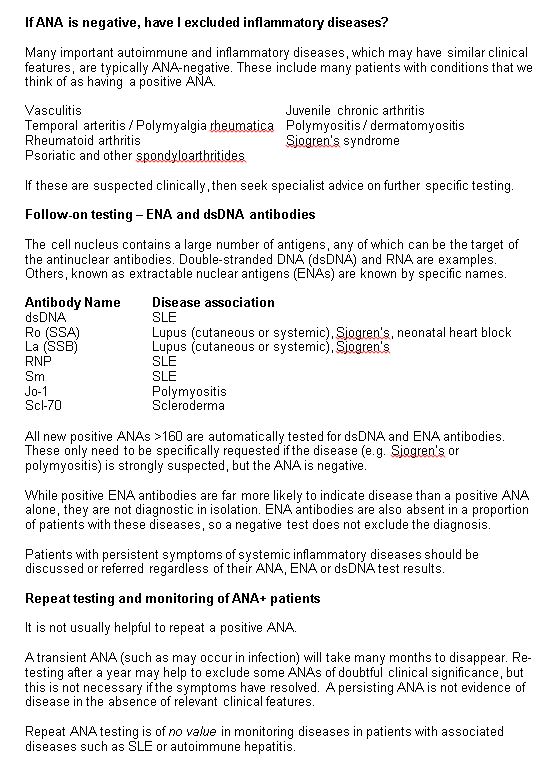
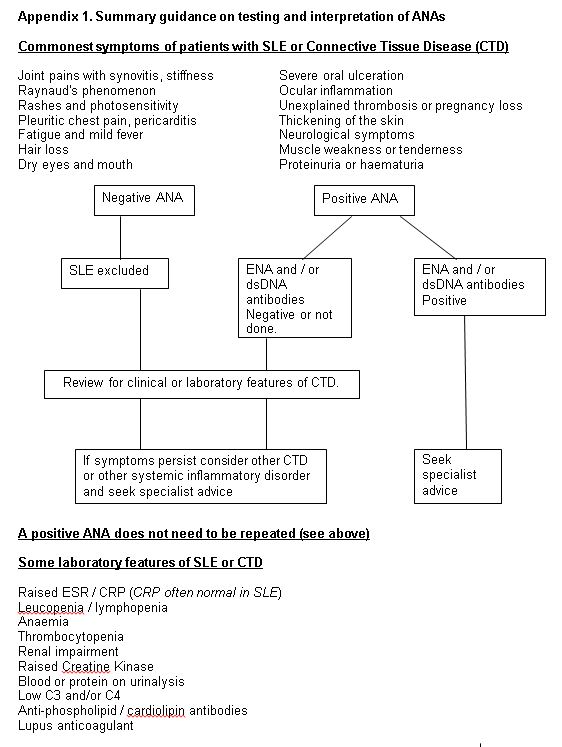
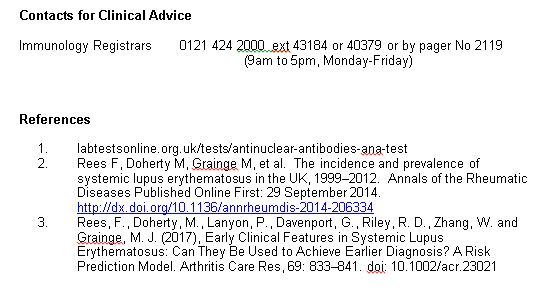
Written by Stephen Rimmer on .
This Algorithm describes the actions to be taken on the discovery of a new monoclonal protein in a patient.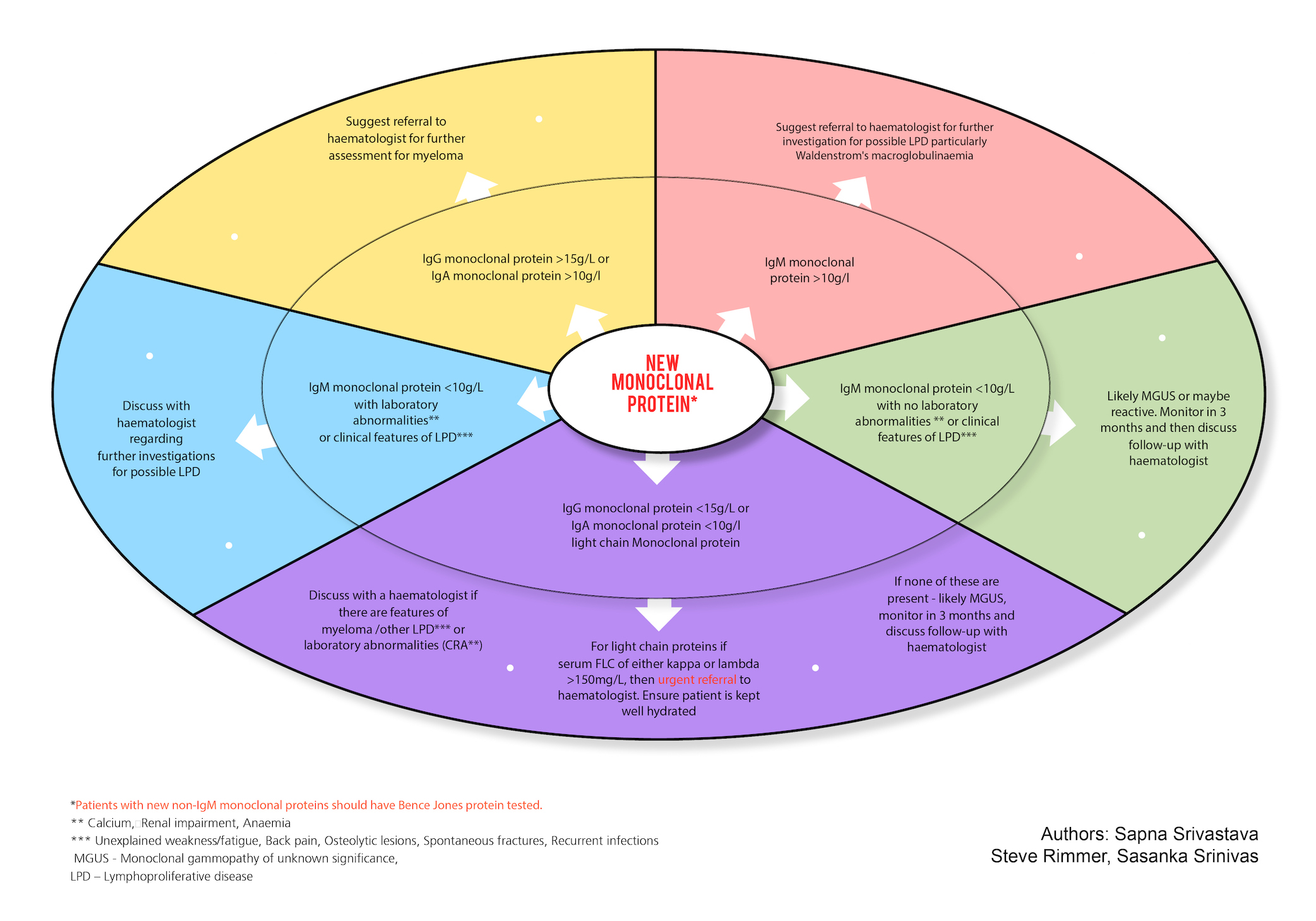
Written by Stephen Rimmer on .
The QuantiFERON-TB Gold In Tube and the T-SPOT are two in-vitro tests for measuring cell-mediated immune responses to peptide antigens from mycobacteria. These antigens, ESAT-6, CFP-10 and TB7.7 (p4) (which is used only in QFT-G) are absent from all BCG strains and from most non tubercular mycobacterial strains (NTMs) with the exception of M. kansasii, M. szulgai and M. marinum. Individuals infected with M. tuberculosis complex organisms (M. tuberculosis, M. bovis, M. africanum, M. microti, M. canetti) have mononuclear cells in their blood that recognise these mycobacterial antigens. This recognition process leads to the stimulation and secretion of IFN-γfrom sensitized T-cells. The detection and quantification of IFN-γ, measured by enzyme-linked immunoassay (Quantiferon) or enzyme-linked immunospot (T-SPOT), forms the basis of these tests – detectable as early as two weeks after infection with M. tuberculosis.
Both tests are intended for use in conjunction with risk assessment, radiography, and other medical and diagnostic evaluations. QuantiFERON Gold-IT is the laboratory recommended method for routine screening of patients with a normal lymphocyte count. T spots are recommended in specific circumstances (see below).
Read more: INTERFERON GAMMA RELEASE ASSAYS (IGRA) FOR LATENT TB TESTING.
Written by Craig Webster on .
The basic approach to clinical problems is suggested.
The medical staff of the department are happy to advise with the investigation of any problems.
Read more: Immunology Test Profiles for Common Clinical Problems